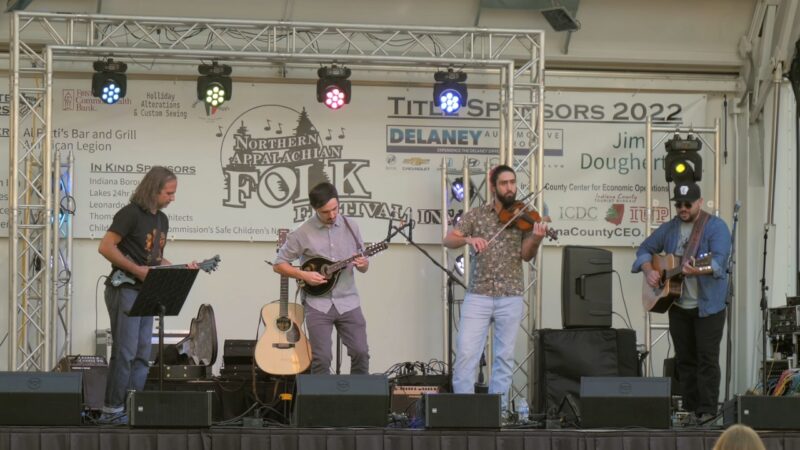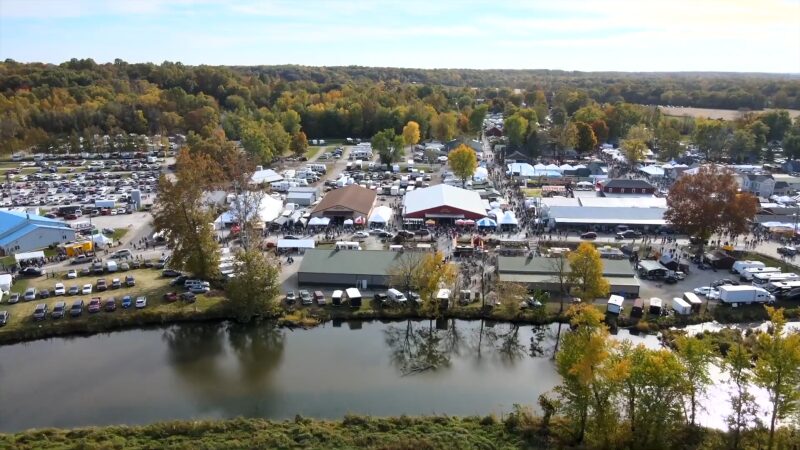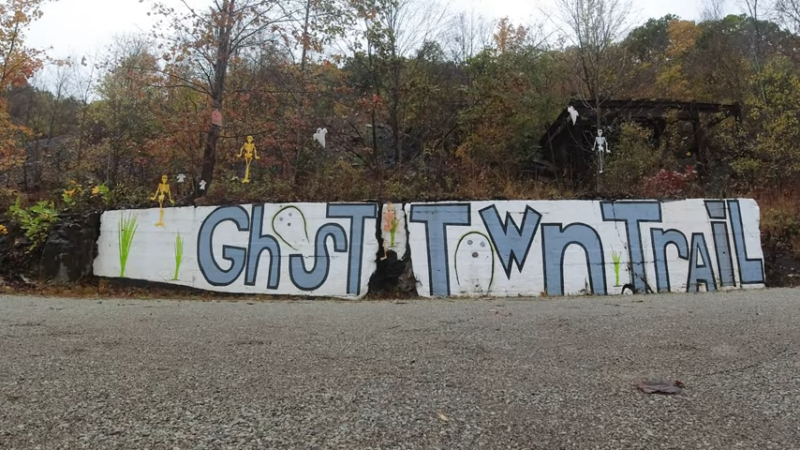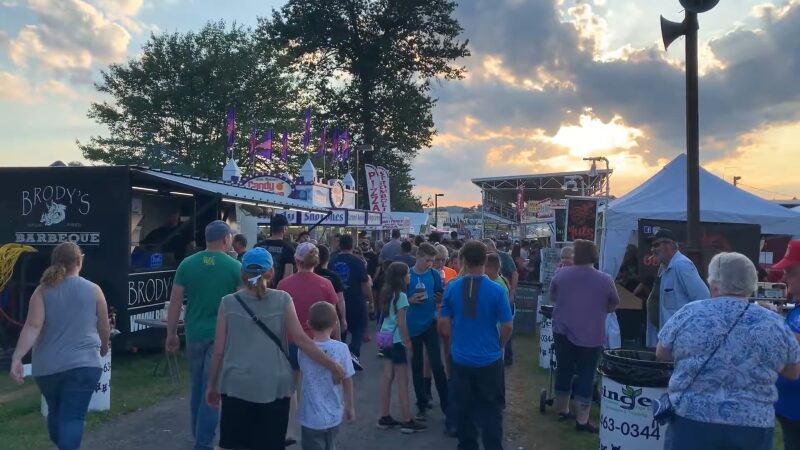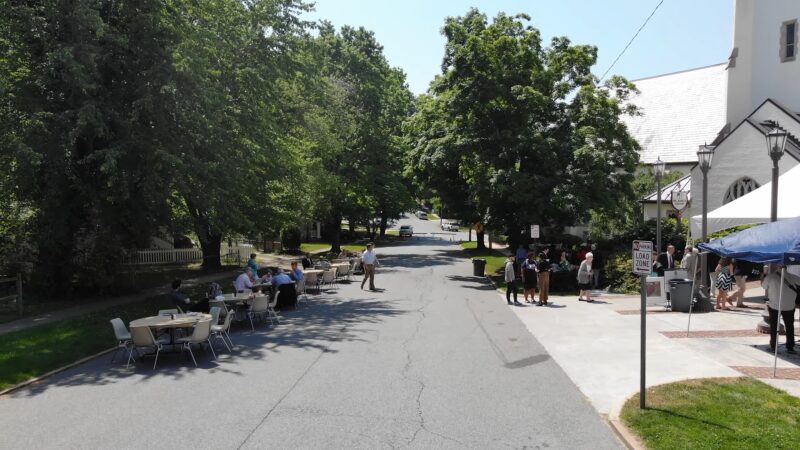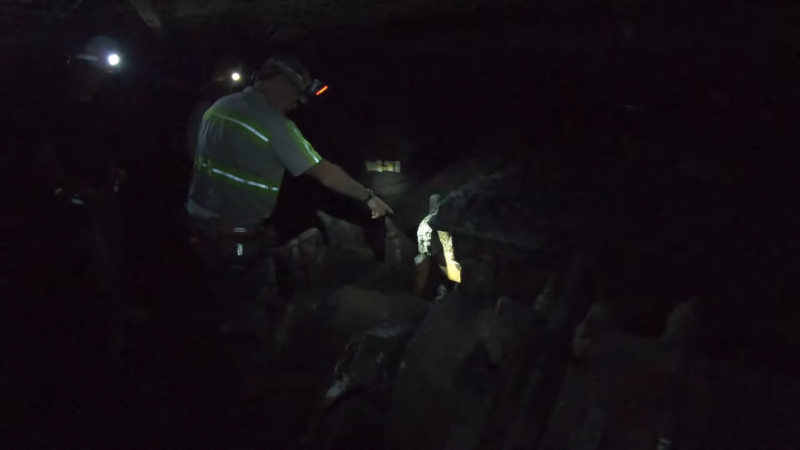North Appalachian Folk Festival has become my favorite event since I moved to Indiana County, hands down.
It is the first event I’ve discovered and I’ve been coming back to it ever since.
Of course, going with a great crew is the prerogative of having a blast. Also, I look forward to 2024’s event, which will be held on September 6 & 7.
Let me share my two cents on this great event.
Festival Highlights
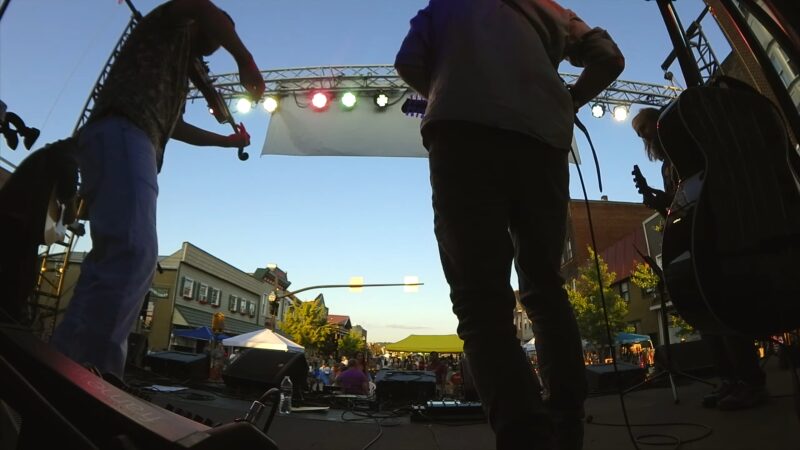
I’m always greeted by a vibrant panorama of activities that encapsulate the spirit of Appalachia.
The music performances are particularly enchanting, offering a melodic experience from bluegrass to folk rock, each performance breathing life into the region’s culture.
Musical genres educate attendees about the region’s musical heritage. Alongside music, the art and craft workshops are a highlight for me.
Participating in a basket-weaving workshop or watching a master woodcarver at work, I feel a deep connection to the traditional crafts passed down through generations.
The children’s activities, designed to engage young minds in cultural appreciation, ensure that the festival is a family-friendly event where community ties are strengthened. One of my most cherished memories from last year’s festival was a fiddle performance set under a canopy of twinkling lights.
The fiddler, a master of her craft, played with such passion and precision that it felt as though the very soul of Appalachia was being poured out through her bow. Each note resonated deeply, weaving stories of the mountains and the lives of those who have called them home.
Another highlight from my festival experiences is the pottery workshop.
Here, I found myself hands-deep in clay, shaping what began as a formless lump into something meaningful.
The artisan’s patient instruction and the tactile connection with the clay bridged the gap between art and heritage, leaving me with not just a pottery piece, but a relation to Appalachian craft traditions.
These moments are further enriched by my interactions with the artists and craftsmen at the festival.
Each conversation is an opportunity to learn about the heart of Appalachian culture, hearing firsthand the stories behind their crafts and understanding the pivotal role the festival plays in their artistic expressions.
These interactions, often filled with personal anecdotes and laughter, are what I look forward to each year, as they transform the festival from an event into a living, breathing narrative of Appalachian life.
Cultural Significance
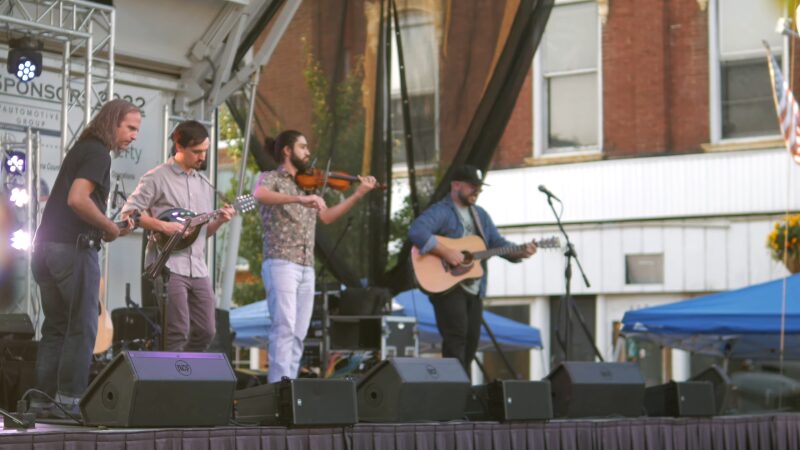
My first encounter with the Northern Appalachian Folk Festival (NAFF) opened my eyes to the culture in Northern Appalachia.
Each year, the festival serves as a conduit for preserving the region’s folkways and traditional arts.
The festival, rooted in traditions that date back centuries, echoes the enduring spirit of Appalachian life.
Through an array of activities—from storytelling sessions that pass down folklore to demonstrations of skills like quilting and blacksmithing—the festival has a role in keeping these traditions alive.
I’ve witnessed firsthand how this event binds the community, reinforcing a shared identity and appreciation for our heritage that might otherwise fade into obscurity. Locals gather and have a blast, it’s as simple as that.
Impact on the Community
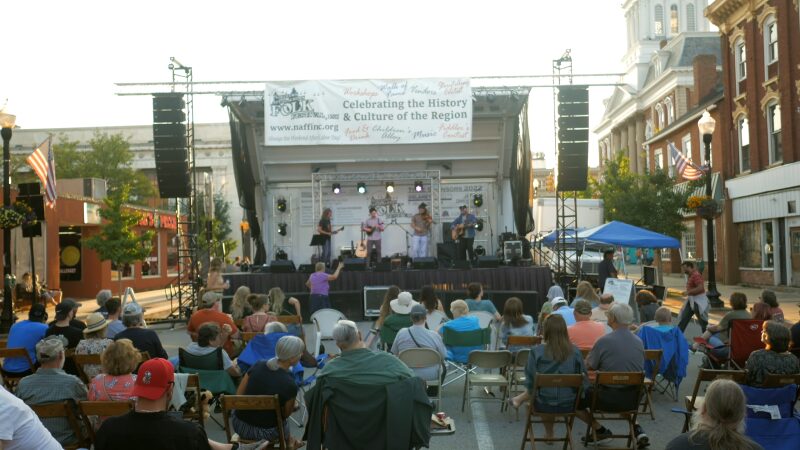
The festival’s influence on the local economy and community spirit is palpable.
With each festival, small businesses flourish as attendees flock from various places, bringing much-needed revenue to local vendors and artisans.
I visited the Amish Community in Smicksburg, which similarly thrives on preserving traditional crafts and values.
The job opportunities created during this period are a boon for many families, and the festival has become a key date in their economic calendar.
Engagement with local schools through educational programs that teach children about traditional arts ensures that the cultural legacy is passed on.
This symbiotic relationship between the festival and the community not only bolsters local pride but also cements the festival as a cornerstone of cultural and economic sustainability.

